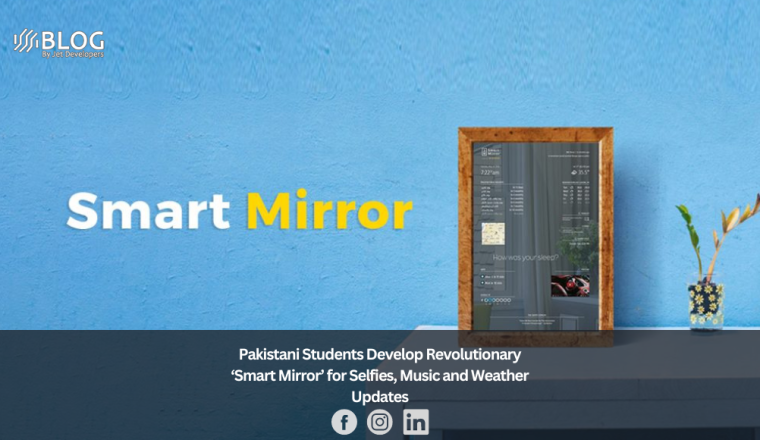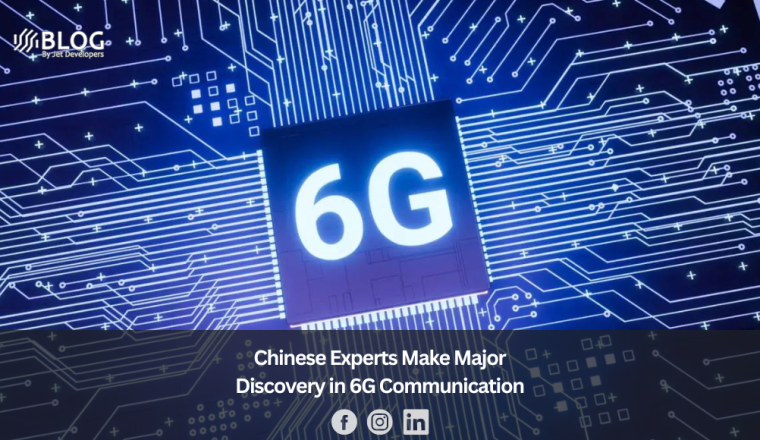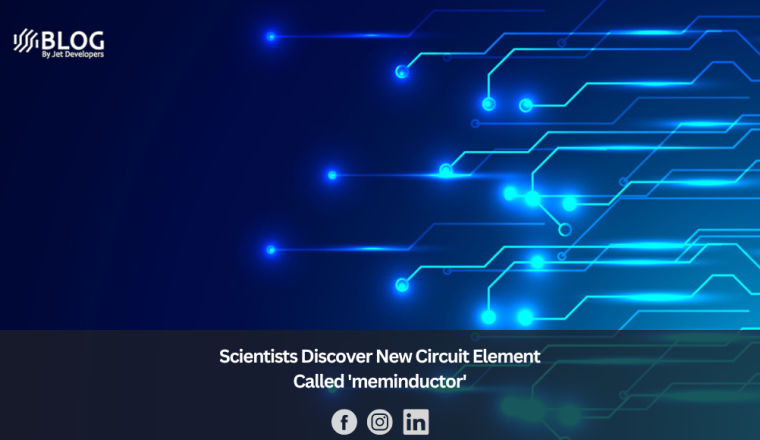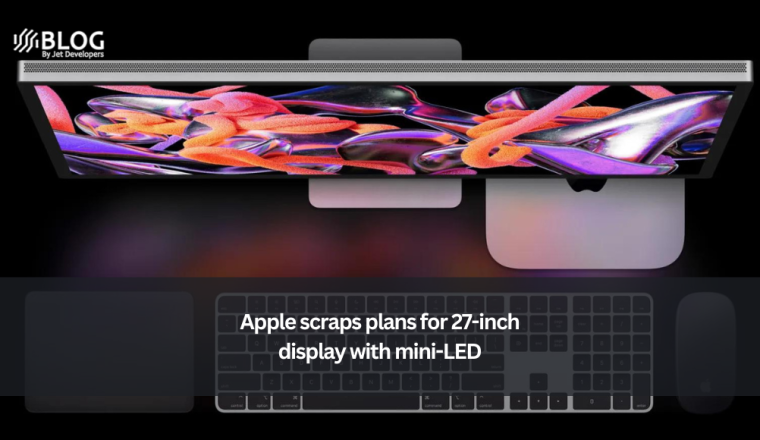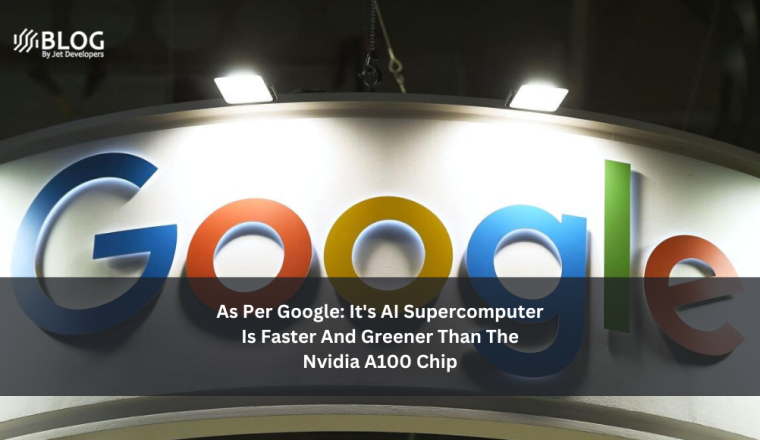In a rare companywide memo from CFO Ruth Porat, Google kicked off “multi-year” employee service cuts.
Google’s finance chief Ruth Porat recently said in a rare companywide email that the company is making cuts to employee services.
“These are big, multi-year efforts,” Porat said in a Friday email titled: “Our company-wide OKR on durable savings.” Elements of the email were previously reported by The Wall Street Journal.
In separate documents viewed by CNBC, Google said it’s cutting back on fitness classes, staplers, tape and the frequency of laptop replacements for employees.
One of the company’s important objectives for 2023 is to “deliver durable savings through improved velocity and efficiency.” Porat said in the email. “All PAs and Functions are working toward this,” she said, referring to product areas. OKR stands for objectives and key results.
The latest cost-cutting measures come as Alphabet-owned Google continues its most severe era of cost cuts in its almost two decades as a public company. The company said in January that it was eliminating 12,000 jobs, representing about 6% of its workforce, to reckon with slowing sales growth following record head count growth.
Cuts have shown up in other ways. The company declined to pay the remainder of laid-off employees’ maternity and medical leaves, CNBC previously reported.
In her recent email, Porat said the layoffs were “the hardest decisions we’ve had to make as a company.”
“This work is particularly vital because of our recent growth, the challenging economic environment, and our incredible investment opportunities to drive technology forward — particularly in AI,” Porat’s email said.
Porat referred to the year 2008 twice in her email.
“We’ve been here before,” the email stated. “Back in 2008, our expenses were growing faster than our revenue. We improved machine utilization, narrowed our real estate investments, tightened our belt on T&E budgets, cafes, micro kitchens and mobile phone usage, and removed the hybrid vehicle subsidiary.”
“Just as we did in 2008, we’ll be looking at data to identify other areas of spending that aren’t as effective as they should be, or that don’t scale at our size.”
In a statement to CNBC, a spokesperson said, “As we’ve publicly stated, we have a company goal to make durable savings through improved velocity and efficiency. As part of this, we’re making some practical changes to help us remain responsible stewards of our resources while continuing to offer industry-leading perks, benefits and amenities.”
Cutting down on desktop PCs and staplers
Among the equipment changes, Google is pausing refreshes for laptops, desktop PCs and monitors. It’s also “changing how often equipment is replaced,” according to internal documents viewed by CNBC.
Google employees who are not in engineering roles but require a new laptop will receive a Chromebook by default. Chromebooks are laptops made by Google and use a Google-based operating system called Chrome OS.
It’s a shift from the range of offerings, such as Apple MacBooks, that were previously available to employees. “It also provides the best opportunity across all of our managed devices to prevent external compromise,” one document about the laptop changes said.
An employee can no longer expense mobile phones if one is available internally, the document also stated. And employees will need director “or above” approval if they need an accessory that costs more than $1,000 and isn’t available internally.
Under a section titled “Desktops and Workstations,” the company said CloudTop, the company’s internal virtual workstation, will be “the default desktop” for Googlers.
In February, CNBC reported the company asked its cloud employees and partners to share desks by alternating days and are expected to transition to relying on CloudTop for their workstations.
Google employees have also noticed some more extreme cutbacks to office supplies in recent weeks. Staplers and tape are no longer being provided to print stations companywide as “part of a cost effectiveness initiative,” according to a separate, internal facilities directive viewed by CNBC.
“We have been asked to pull all tape/dispensers throughout the building,” a San Francisco facility directive stated. “If you need a stapler or tape, the receptionist desk has them to borrow.”
A Google spokesperson said the internal message about staplers and tape was misinformed. “Staplers and tape continue to be provided to print stations. Any internal messages that claim otherwise are misinformed.″
‘We’ve baked too many muffins on a Monday’
Google’s also cutting some availability of employee services.
“We set a high bar for industry-leading perks, benefits and office amenities, and we will continue that into the future,” Porat’s email stated. “However, some programs need to evolve for how Google works today.”
“These are mostly minor adjustments,” stated a separate internal document from the company’s real estate and workplace team. The document said food, fitness, massage and transportation programs were designed for when Googlers were coming in five days a week.
“Now that most of us are in 3 days a week, we’ve noticed our supply/demand ratios are a bit out of sync: We’ve baked too many muffins on a Monday, seen GBuses run with just one passenger, and offered yoga classes on a Friday afternoon when folks are more likely to be working from home,” the document stated.
As a result, Google may close cafes on Mondays and Fridays and shut down some facilities that are “underutilized” due to hybrid schedules, the document states.
As a part of the January U.S. layoffs, the company let go of more than two dozen on-site massage therapists.
Read the full email from Ruth Porat here:
This year, one of our important company OKRs is to deliver durable savings through improved velocity and efficiency. All PAs and Functions are working towards this: Googlers have asked for more detail so we’re sharing more information below. This work is particularly vital because of our recent growth, the challenging economic environment, and our incredible investment opportunities to drive technology forward—particularly in AI.
We’ve been here before. Back in 2008, our expenses were growing faster than our revenue. We improved machine utilization, narrowed our real estate investments, tightened our belt on T&E budgets, cafes, Microkitchens and mobile phone usage, and removed the hybrid vehicle subsidy. Since then, we’ve continued to rebalance based on data about how programs and services are being used.
How we’re approaching this
The hardest decisions we’ve had to make as a company to reduce our workforce, and that is still being worked through in some countries. Most of the other large changes and savings won’t be visible to most Googlers but will make aa noticeable difference to our costs — think innovation in machine utilization for AI computing and reduced fragmentation of our tech stack. These are big-multi-year efforts. A few examples:
- We are focused on distributing our compute workloads even more efficiently, getting more out of our servers and data centers. We’ve already made progress with these efforts and will continue to drive efficiencies – this work adds up given infrastructure is one of our largest areas of investment.
- As we apply our efficient and well-tuned infrastructure and software to ML, we’re continuing to discover more scalable and efficient ways to train and serve models.
- Improving external procurement is another area where data suggests significant savings – on everything from software to equipment to professional services. As one part of this, we’re piloting an improved buying hub that helps teams find suppliers that we’ve negotiated great rates with.
- There are other areas we’ve spoken about that will make a big difference: we’re continuing to redeploy teams to higher priority work, to maintain a slower pace of hiring, to be responsible about our T&E spending, and to implement numerous suggestions from the Simplicity Sprint improve our execution and increase our velocity – particularly on prioritization, training, launch and business processes, internal tools and meeting spaces.
Changes to programs and services
We want to be upfront that there are also areas where we’ll realize savings that will impact some service Googlers use at work and beyond.
We set a high bar for industry-leading perks, benefits and office amenities, and will continue that into the future. However, some programs need to evolve for how Google works today. As well as helping to bring down costs, these changes will reduce food waste and be better for the environment.
- We’re adjusting our office services to the new hybrid workweek. Cafes, Microkitchens and other facilities will be tailored to better match how and when they are being used. Decisions will be based on data. For example, where a cafe is seeing a significantly lower volume of use on certain days, we’ll close it on those days and put more focus instead on popular options that are close by. Similarly, we’ll consolidate microkitchens in buildings where we’re seeing more waste than value. We’ll also shift some fitness classes and shuttle schedules based on how they’re being used.
- We’ve also assessed the equipment we provide Googlers. Today’s devices have a much longer lifespan and greater performance and reliability, so we have made changes to what’s available and how often it’s replaced—while making sure that people have what they need to perform their role. Because equipment is a significant expense for a company of our size, we’ll be able to save meaningfully here.
Just as we did in 2008, we’ll be looking at data to identify other areas of spending that aren’t asa they should be, or the don’t scale at our size. We will let Googlers know of any other changes that directly impact services they use. Our opportunities as a company are enormous. We have clear OKRs and substantial resources at our disposal to pursue them, but these resources are finite. Focusing on using them effectively makes a huge difference.



